If you had to pick a place to have a sudden cardiac arrest, the middle of a lake would be low on your list.
But that’s where it happened for Don Westhouse.
In the middle of Fremont Lake.
After water skiing.
With no warning.
Don’s heart stopped beating.
His wife, Mary, was driving the boat while her sister-in-law, Pam, kept her eye on Don as he skied.
Near the edge of the lake, Mary slowed to a stop. As usual, she started to pull in Don’s line after he stopped and settled in the water.
Nothing seemed amiss until Don drew close to the boat. Although his hand remained clenched to the rope handle and the life jacket kept him afloat, Don’s face was white and lips blue.
He was not breathing.
Later, their Corewell Health cardiologist would tell Don and Mary that Don had a complete blockage of a coronary artery, which caused a heart attack, which triggered the sudden cardiac arrest.
And the odds of surviving were not in his favor, no matter where it happened—and even more unlikely while water skiing.
“It is a miracle that he is alive,” Mary said. “We believe in a God who can do miracles. And this is really nothing short of that.”
“For me, it is very humbling,” Don said. “It is a testament to God’s miraculous power.”
No clue of trouble ahead
The Westhouses have been married 47 years. They live in Dorr, Michigan.
Don, 67, has been an avid runner in years past—though he runs less since he got two hip replacements.
They take trips on Don’s motorcycle, enjoy snow-skiing and hiking, and keep active playing with their 10 grandchildren.
Every summer, they spend their weekends in their RV on Fremont Lake.
In his busy, active life, Don showed no sign that he had coronary artery disease.
But that is common for people with his condition—chronic total occlusion of the left anterior descending artery.
Often, a heart attack or sudden cardiac arrest is the first symptom a person experiences, said David Wohns, MD, a Corewell Health cardiologist.
Because of the blockage in the artery, Don had developed collateral blood vessels—another artery sent blood to the blocked artery, downstream from the blockage. That enabled the artery to continue providing blood to the heart.
“But collaterals are not always enough to protect the heart,” Dr. Wohns said.
CPR on a boat
Mary counts her blessings that she had her sister-in-law Pam—a nurse—by her side when Don suffered a cardiac arrest.
The two women worked together to pull Don onto the wooden platform that sits at water level at the back of the boat. When they could not wake him, Mary called 911.
She gave the dispatcher their location on the lake and the road that ran nearby.
Then she helped Pam perform cardiopulmonary resuscitation.
“I did chest compressions while she did the breathing,” Mary said. “We were doing the best we could, but when you push down on something on the back of a boat, the whole boat goes down.
“We were trying to get a rhythm going, and it had been about five to 10 minutes when we saw there were emergency personnel on shore.”
Mary went to the front of the boat and started to drive toward shore. Pam struggled to keep Don on the back platform.
“I drive the boat often enough to know I had to go extremely slowly, or they would flip off the back,” Mary said.
As she neared shore, the paramedics pulled Don from the boat and onto dry land.
Mary could not bring herself to watch what happened next. She sat under a shade tree and prayed.
For 30 minutes, the first responders worked to revive Don. With an automated external defibrillator, they shocked his heart eight times. They gave him six shots of epinephrine.
At last, with his heart beating, they brought him to Corewell Health Gerber Memorial Hospital. From there, Don went by ambulance to Fred and Lena Meijer Heart Center at Corewell Health Butterworth Hospital in Grand Rapids.
The heart specialists cooled his body with ice to preserve organ function, particularly his cognition and brain functions.
But no one could predict how Don would respond.
Two days later, as Don came out of sedation, Mary walked into his room.
Don looked confused at first. But then his eyes focused on her, and a grin spread across his face.
“He was still on the ventilator, but his cheekbones went up and his eyes lit up. And all three of our kids started crying,” she said.
Don’s family cheered as, day by day, he became more alert, eventually returning to his old self.
“It is remarkable,” Dr. Wohns said. “After 40 minutes of resuscitation, to survive is amazing.
“But to have a full recovery with cognitive functioning intact is absolutely extraordinary.”
Don’s body began to heal from the broken ribs and fractured sternum—caused during his CPR.
A week after the cardiac arrest, Don underwent a procedure to implant an automatic implantable cardio defibrillator, a small device designed to detect a dangerous heart rhythm and shock his heart into a normal rhythm.
An excellent prognosis
After waiting for continued recovery from the cardiac arrest, Don returned seven weeks later to Butterworth Hospital for a specialized procedure to open his blocked artery.
A decade ago, someone with chronic total occlusion—a complete blockage in an artery for more than three months—would not have been considered a candidate for a stent.
“There are higher risks, and they are more complicated than routine stenting,” Dr. Wohns said. “But through new techniques and technologies, we have learned to open those up.”
Dr. Wohns and his partner, Kevin Wolschleger, MD, together with their dedicated team, built the Meijer Heart Center chronic total occlusion program over the past nine years and have performed more than 500 of the highly specialized procedures on patients.
Recently a third interventionalist, Timothy Joseph, MD, has joined them in caring for these complex patients and performing these procedures.
With Don’s stent successfully placed, and with the implanted defibrillator monitoring his heart, “Don’s prognosis is excellent,” Dr. Wohns said. “He is safer than he was before this event.”
In addition to the heart specialists and the emergency medical technicians, Dr. Wohns gives credit to Don’s personal first response team—Mary and Pam—for saving his life.
Their actions show the value of calling 911 and of bystander CPR. That they performed the compressions on a rocking boat makes their accomplishment even more extraordinary.
“They are truly the heroes of the story,” Dr. Wohns said.
Don sees one more factor at work, in addition to excellent medical care.
He is a substitute teacher at Moline Christian School and last summer helped with vacation Bible school at church. As he recovered in the hospital, the children prayed.
“I had hundreds of little people praying for Mr. Don,” he said. ‘Those are some powerful people to have praying for you, along with hundreds of adults.”
His survival leaves him grateful for each day he witnesses—and for the teamwork and medical expertise that gave him a second chance.
“We are so blessed to be living where we are and when we are,” he said. “Because I live here and now, I am blessed with more years with Mary.”
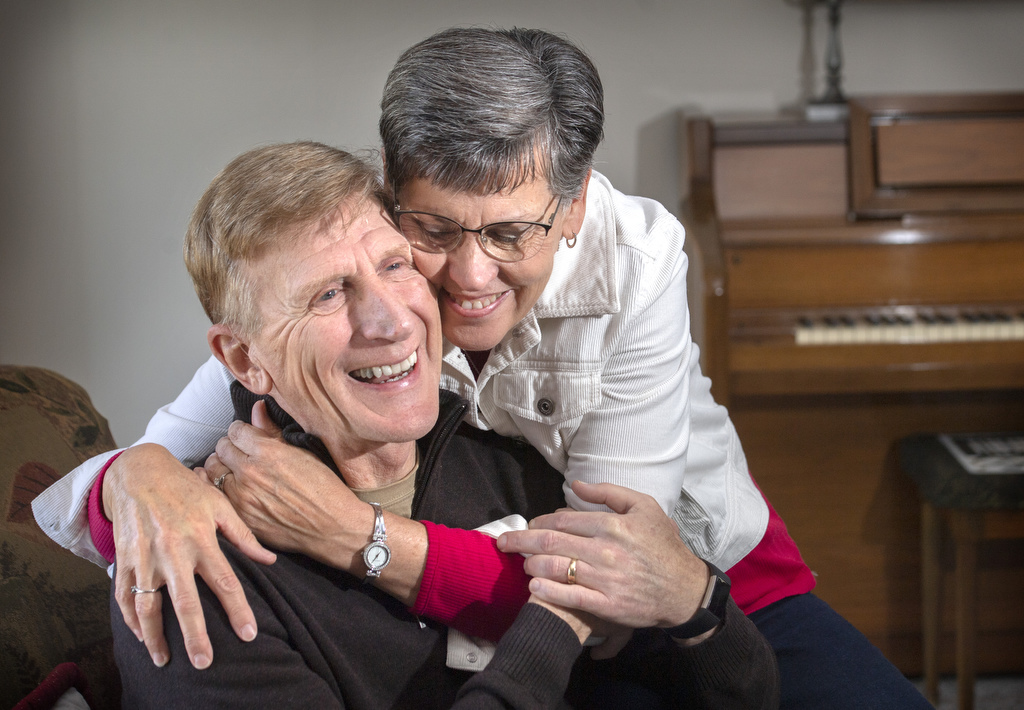

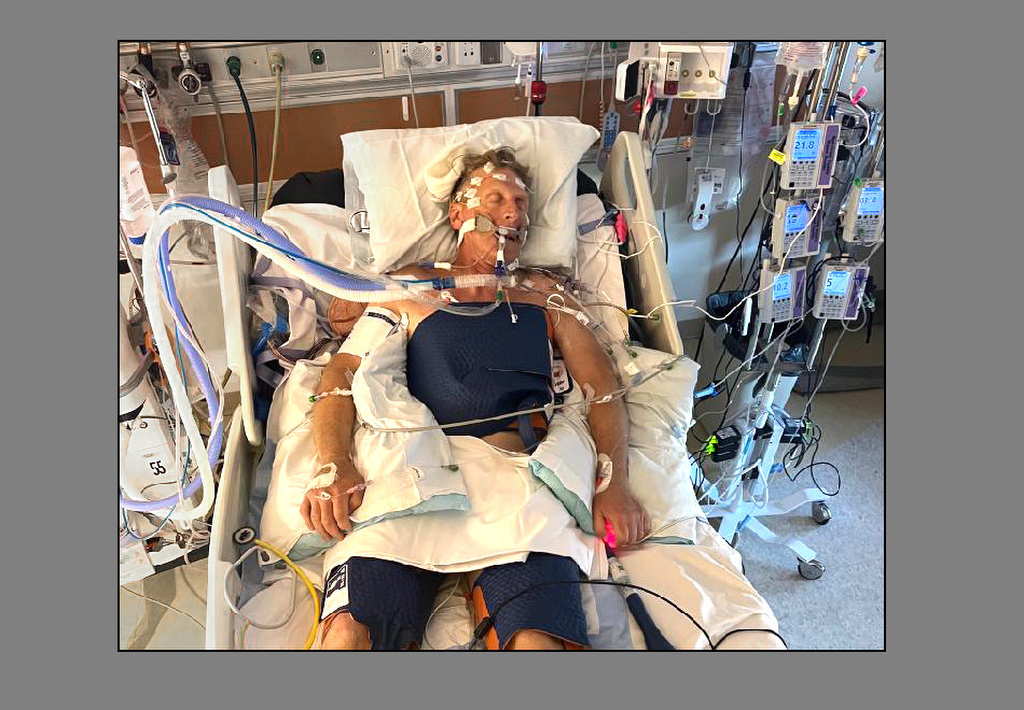
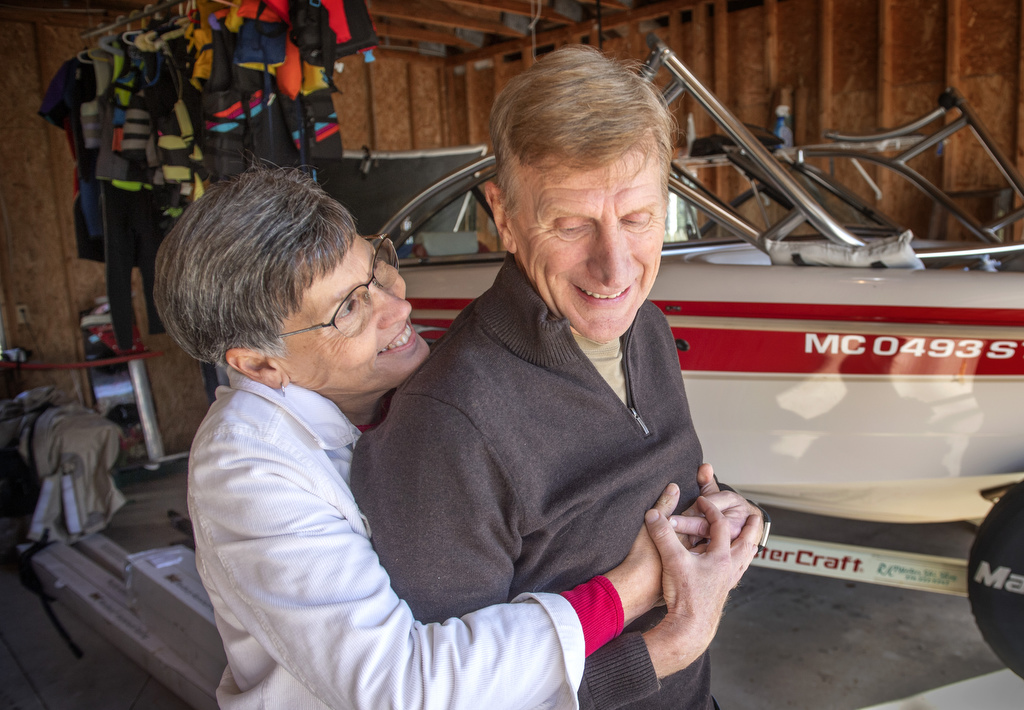



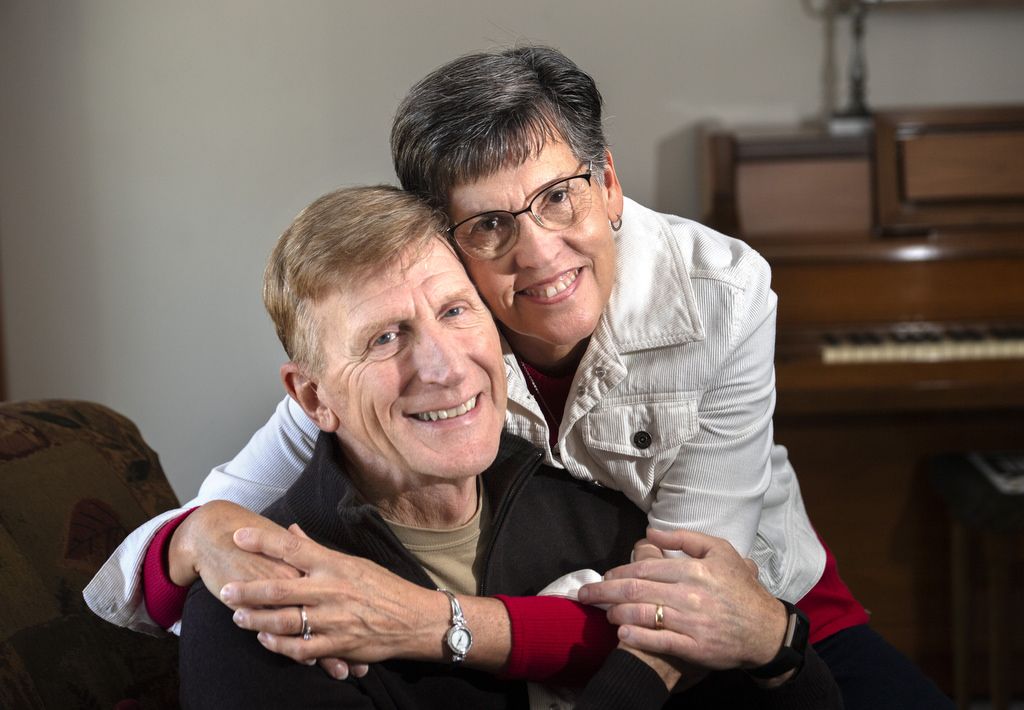
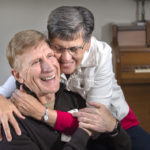
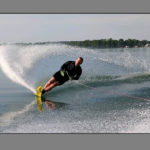
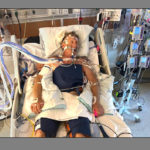
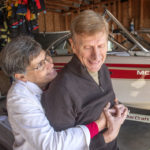
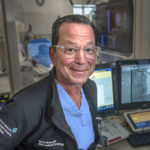

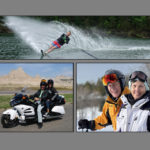

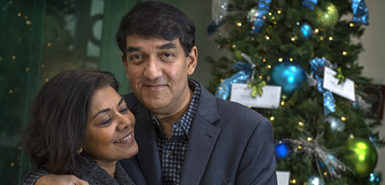 /a>
/a>
 /a>
/a>
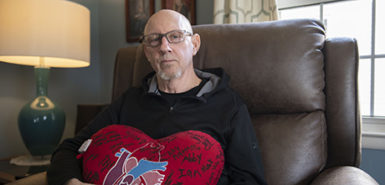 /a>
/a>
Great story. Same thing happened to me.
I now have a defibulator and am still active. Have been shocked 8 times over the last 7 years. Still play Hocket
Tom
A great story of the intersection of faith, courage and skill.